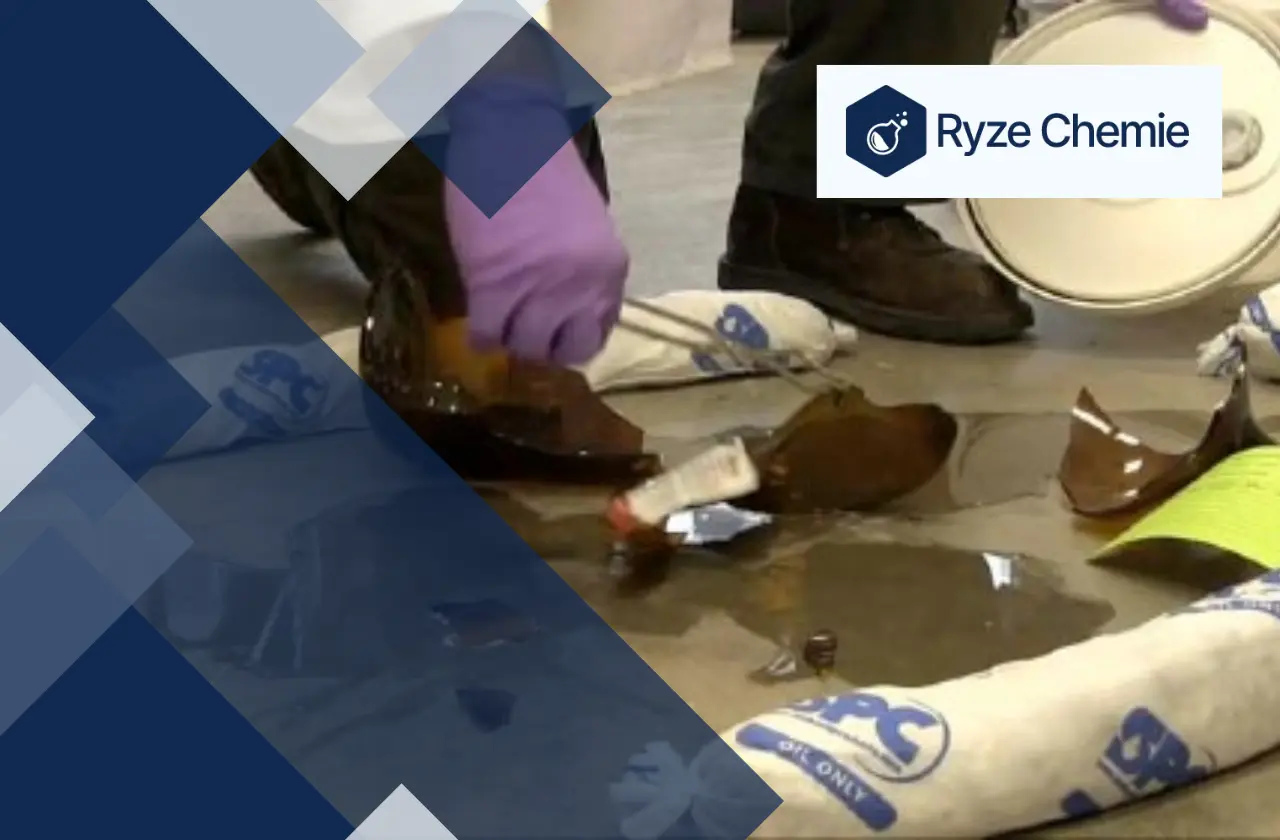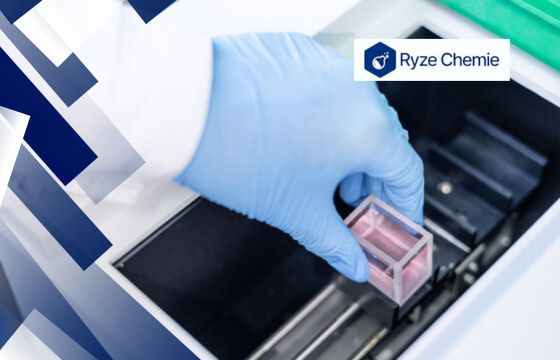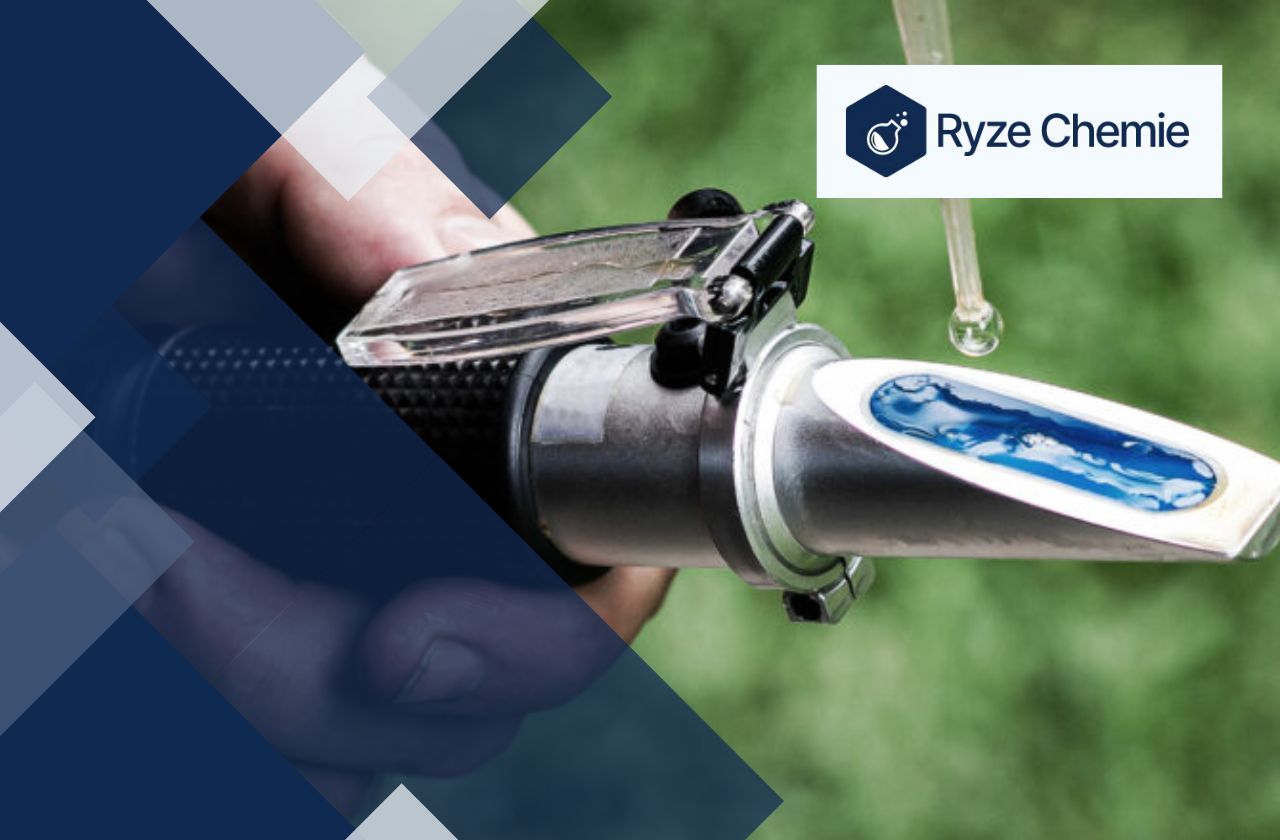
Stay up-to date on the
latest blogs. Join our
newsletter today!
This site is protected by reCAPTCHA and the Google Privacy Policy and Terms of Service apply.
How Should Spill Cleaning Materials Be Discarded?

Written by Team Ryze Chemie
8 mins read · Jun 05, 2024

Spills happen in labs, and they can be dangerous if not cleaned up properly. You know this. Improper disposal of spill cleaning materials can harm people and the environment. This is a big problem, and we understand you need a safe and effective solution.
This article will show you how to dispose of spill cleaning materials properly. We will give you step-by-step instructions and tips for safe handling and disposal. Keep reading and learn how to protect yourself, your co-workers, and the environment.
Understanding Chemical Spills and Their Cleanup
Chemical spills are a common risk in laboratories, but with the right knowledge and preparation, you can handle them safely and effectively.
Types of Chemical Spills
There are three main types of chemical spills you might encounter in a lab setting:
- Common Laboratory Spills: These involve everyday chemicals like acids, bases, and solvents. These spills can still be dangerous and require proper handling.
- Hazardous Materials Spills: These involve chemicals with more serious health or environmental risks. Examples include highly toxic or reactive substances.
- Biological Spills: These involve biological materials like cell cultures or blood samples. These spills carry the risk of infection and require specific cleanup procedures.
Spill Response Procedures
If a spill happens, follow these basic steps:
1) Initial Assessment and Containment: First, figure out what spilled. Check the chemical's safety data sheet (SDS) for specific hazards. If it's safe, try to contain the spill using absorbent materials. This prevents the spill from spreading further.
2) Personal Protective Equipment (PPE) Selection: Put on the right PPE before cleaning up any spill. This usually includes gloves, a lab coat, and safety goggles. The SDS will tell you if additional PPE is required.
3) Appropriate Spill Kits and Cleaning Materials: Grab the right spill kit for the type of spill. Different kits contain materials designed to neutralize or absorb specific types of chemicals.
Spill Cleaning Materials
These are some common materials used to clean up chemical spills:
- Absorbents: These materials soak up liquids. Common adsorbents include spill pads, vermiculite, and sand. Choose an absorbent that is compatible with the spilled chemical.
- Neutralizers: These are used for acid and base spills. They work by changing the pH of the spill to make it less hazardous. Common neutralizers include sodium bicarbonate for acids and citric acid for bases.
- Decontaminants: These are used for biological spills or spills of highly toxic chemicals. They kill or inactivate harmful organisms. Common contaminants include bleach and alcohol solutions.
Let's move on to the rules you need to follow when disposing of chemicals after a spill.
Disposal Regulations and Guidelines
Chemical waste disposal is a serious matter. It's not just about throwing things in the bin. There are rules and guidelines we must follow. These rules keep us, our environment, and our communities safe.
Local, State, and Federal Regulations:
Different government agencies set these rules. The Environmental Protection Agency (EPA) and the Occupational Safety and Health Administration (OSHA) are two big names. They have rules for everyone, but also specific rules for labs. These rules cover what waste we can make, how we must store it, and how we can get rid of it.
Chemical Waste Classification:
Not all chemical waste is the same. Some waste is hazardous. This means it can be dangerous if we don't handle it right. Other waste is non-hazardous, and it's less of a worry. Hazardous waste has different types too, like corrosive waste that can eat through things, flammable waste that can catch fire easily, and toxic waste that can poison us. We must label and store all waste containers correctly. This helps us know what's inside and how to handle it safely.
Laboratory Waste Management Plans:
Every lab needs a waste management plan. This is like a roadmap for how we deal with our waste. It's a written document that outlines our plan from start to finish. It includes how we separate different types of waste, where we store it, and how we get rid of it. This plan helps us stay organized and follow the rules. It also helps us prevent accidents and protect our environment.
Next, we will look at how to get rid of the materials you used to clean up the spill.
How Should Spill Cleaning Materials Be Discarded?
Laboratory spills are common, but how you clean up and dispose of the mess is crucial. Mishandling spill cleaning materials can put you, your colleagues, and the environment at risk.
1) Collection and Segregation
- Right Container for the Right Waste: Different waste types need different containers. Use sturdy, leak-proof containers designed for the specific materials you're collecting.
- No Mixing: Never mix incompatible chemicals. This can trigger dangerous reactions. Check safety data sheets (SDS) for compatibility information.
2) Labeling and Documentation
- Clear Labels: Label every container clearly with the contents, any hazards, and the date of collection. This helps everyone identify the waste and handle it safely.
- Keep Records: Maintain detailed records of all waste disposal activities. This ensures compliance with regulations and helps track waste from cradle to grave.
3) Storage
- Designated Area: Store hazardous waste in a designated area, away from regular trash and incompatible materials.
- Secure Storage: Lock the storage area to prevent unauthorized access. This protects everyone and prevents accidents.
4) Transportation
- Internal Transport: Use appropriate containers and carts for moving waste within the lab. Always wear personal protective equipment (PPE) as needed.
- External Transport: Licensed vendors should handle the transport of hazardous waste to disposal facilities. Ensure they follow all safety and regulatory requirements.
5) Treatment and Disposal Methods
- Incineration: This method burns certain hazardous waste at high temperatures, reducing volume and destroying harmful substances.
- Neutralization: Some chemical spills can be neutralized to make them less hazardous before disposal. Follow specific neutralization procedures for the spilled substance.
- Landfilling: This option is suitable for some non-hazardous waste, but it's important to follow local regulations and best practices.
Remember:
- Safety First: Always prioritize safety when handling spill cleaning materials. Wear appropriate PPE and follow established procedures.
- Consult Experts: If you're unsure about any aspect of waste disposal, consult your lab supervisor, safety officer, or a licensed waste disposal professional.
Let's go over some other important things to think about when dealing with chemical spills.
Additional Spill-Related Considerations
Accidents happen, even in the most well-run laboratories. That's why we need to go beyond the basics when it comes to spills. Let's talk about some key points to keep our labs safe and efficient.
Waste Minimization:
Who likes dealing with a ton of waste? Not us! Here's how to cut down on the mess:
- Measure carefully: Use only the amount of chemical you need. No need to go overboard!
- Share with your lab mates: If someone else has the chemical you need, why make more? Sharing is caring, and it saves waste.
- Recycle and reuse: Some chemicals can be reused or recycled. Check with your lab manager or safety officer for guidelines.
Training and Education:
Knowing what to do in a spill is crucial. Here's how to stay sharp:
- Attend regular training sessions: Your lab should offer training on spill response and waste disposal. Make sure you are up-to-date.
- Ask questions: If you are unsure about something, don't be afraid to ask. It's better to be safe than sorry.
- Read safety manuals: Your lab will have safety manuals with spill procedures. Read them! They are your friends.
Emergency Procedures:
Big spills or spills of unknown substances need special attention. Here's the game plan:
- Evacuate the area: If the spill is large or dangerous, get out of the area immediately.
- Call for help: Contact your lab manager, safety officer, or emergency services as needed.
- Contain the spill: If it's safe to do so, try to contain the spill to prevent it from spreading.
Spill Kits:
A spill kit is like a superhero's utility belt - it has everything you need to fight spills. Make sure your lab has a spill kit that includes:
- Absorbent materials: These soak up spills like a sponge.
- Neutralizing agents: These counteract the effects of acids or bases.
- Personal protective equipment: Gloves, goggles, and aprons keep you safe from harm.
Reporting Spills:
Spills need to be reported. Here's why:
- It helps prevent future spills: By reporting spills, we can identify patterns and take steps to prevent them from happening again.
- It protects everyone: Reporting spills ensures that the affected area is cleaned up properly and that no one is exposed to harmful chemicals.
- It's the law: In many places, it's legally required to report spills.
Conclusion
Proper disposal of spill cleanup materials is crucial for laboratory safety and environmental protection. Always segregate waste based on the spilled substance and the absorbent used. Follow your facility's specific protocols and local regulations.
Remember, improper disposal can lead to hazardous reactions, fires, or environmental contamination. Prioritize safety, train your staff, and maintain clear documentation. This ensures a clean, safe, and compliant laboratory environment.
Latest Blogs








